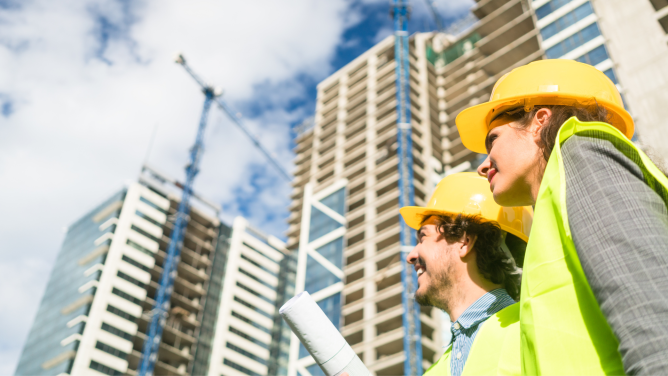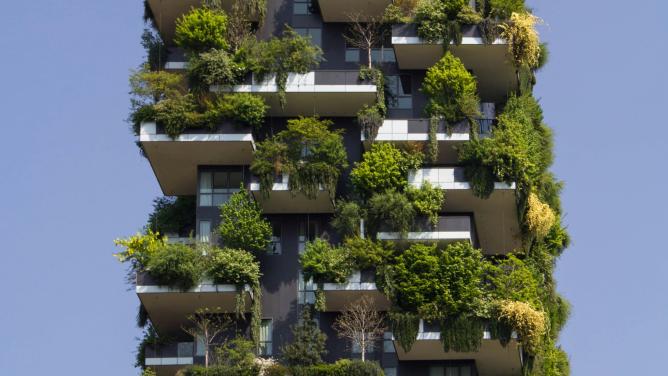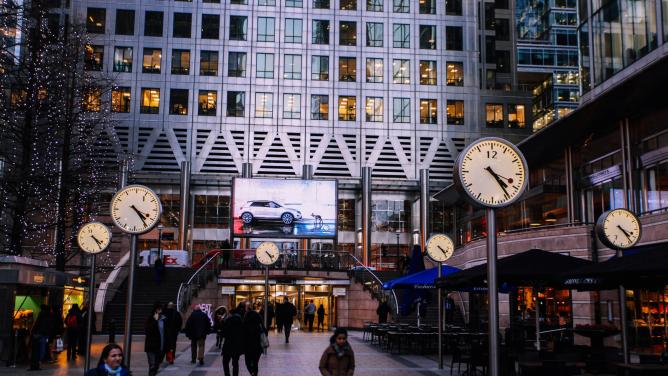From Twenty Thousand Leagues Under the Sea to Avatar, people continue to have a fascination for the life aquatic. It’s not surprising, considering that 71% of the Earth’s surface is covered by ocean, which is home to 80% of all life on Earth, as well as major biological and carbon pumps and food webs. In other words, oceans control the climate and help sustain us. In times of crises, it’s no wonder that our gaze shifts to the big blue sea, fostering projects for living more in symbiosis with the sea.
An underwater dream
In France in the early 1960s, oceanographer Jacques Cousteau questioned whether humans could live underwater. “We will never live in the abyssal plains, at depths of three or six thousand meters. But what is imaginable is that one day humanity will colonize the continental shelf, where the edge of a continent extends out under the ocean, between zero and 250 meters deep.” The oceanographer’s three-part Conshelf experiment brought this ambition to life, when he built a series of underwater habitats ranging between 10 meters (for the first) and 110 meters deep (for the third). These structures became home to several “aquanauts” who experimented with living and working in an underwater environment. The experience showed that, while humans can adapt to these extreme conditions, it is difficult for them to live for a prolonged period of time in an environment deprived of natural light.
Cousteau’s legacy has certainly inspired others around the world. The Soviet Union, West Germany and the United States all launched major scientific programs aimed at investigating the possibility of underwater living. Meanwhile, more recently in 2019, the Ocean Spiral project was launched in Japan with the aim of building an underwater city by 2030. The project ultimately never saw the light of day, but has since transformed into a floating project.
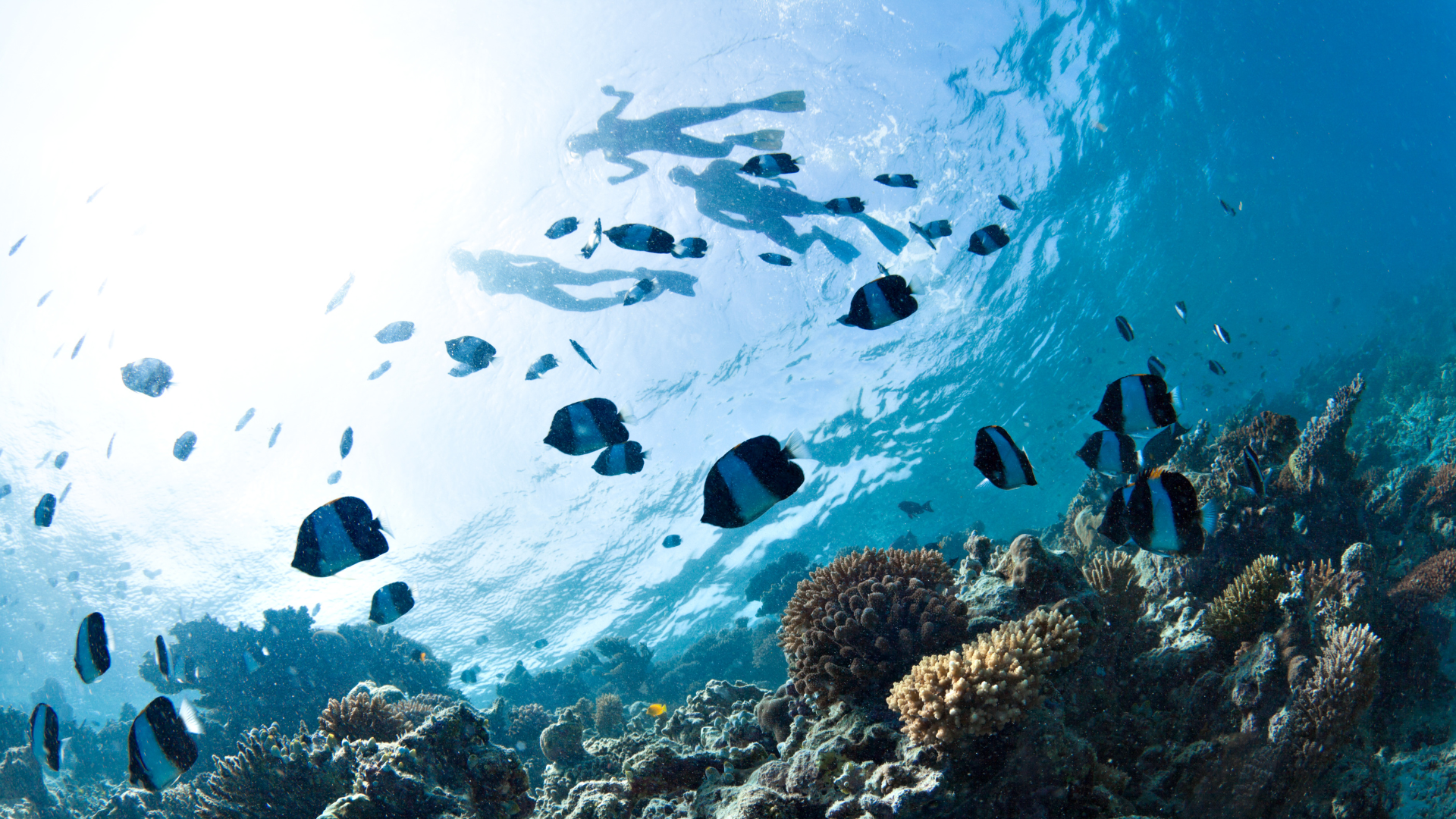
Image credit : amriphoto by Getty Images Signature
Libertarians take to the sea
In Propeller Island (1895), the visionary writer Jules Verne imagined Standard Island, a floating island driven by propellers. The island is home to Milliard City, inhabited solely by the wealthiest population of society, who benefit from all the advantages. More than a century later, the idea has emerged from such fictional abyss and taken root in libertarian reality. Founded in 2018 and funded by billionaire Peter Thiel, the Seasteading Institute claims the ocean to establish outside of territorial waters floating communities for the ultra-rich, eager to escape the fiscal and economic clutches of governmental control.
In addition to the Seasteading Institute project, Ocean Builders is piloting projects in Thailand and underwater in Panama. The company creates modern floating homes three meters above the water, to promote a “sustainable” lifestyle “optimized” by AI. “Your smart shower knows how much water you’re using per minute and can recommend eco-friendly routines or automatically switch to low-flow mode,” boasts a blog post published by the company, who aims to popularize underwater living. In early 2025, one of Ocean Builders’ customers entered the Guinness Book of Records by living submerged for 120 days at a depth of eleven meters off the coast of Panama.

Image credit : David Ribeiro
The Dutch floating neighborhood
You don’t have to go far from our shores to find a pragmatic and sustainable vision of floating housing. According to a report by the UN, approximately 70% of the world’s population will live in urban areas by 2050, and nearly 90% of which will be located along waterways. Climate change is a factor in this equation. The IPCC estimates a 30-100cm rise in sea levels. The Netherlands has long taken interest in floating homes – for nearly a third of the country is below sea level. It’s therefore no surprise that the country developed Schoonschip, an entire floating neighborhood in the north of Amsterdam. Built in 2019, the neighborhood is made up of around thirty or so houses. The country’s expertise in the area has seen various other floating projects come to life and designed by local architectural firms Waterstudio and Blue21. From pavilions to chalets, islands and even airports – they have all been given the floating treatment.
Waterstudio is well-versed in building floating homes – such as the Citadel floating apartment complex featuring sixty homes, or the ambitious Maldives Floating City which plans to house five thousand residential units inside a 200-hectare lagoon. Koen Olthuis, the director of Waterstudio, is also adapting his concept for luxury hotels: the architect has designed a snowflake-shaped hotel that will have a diameter of 120 meters, off the coast of Tromsø in Norway.
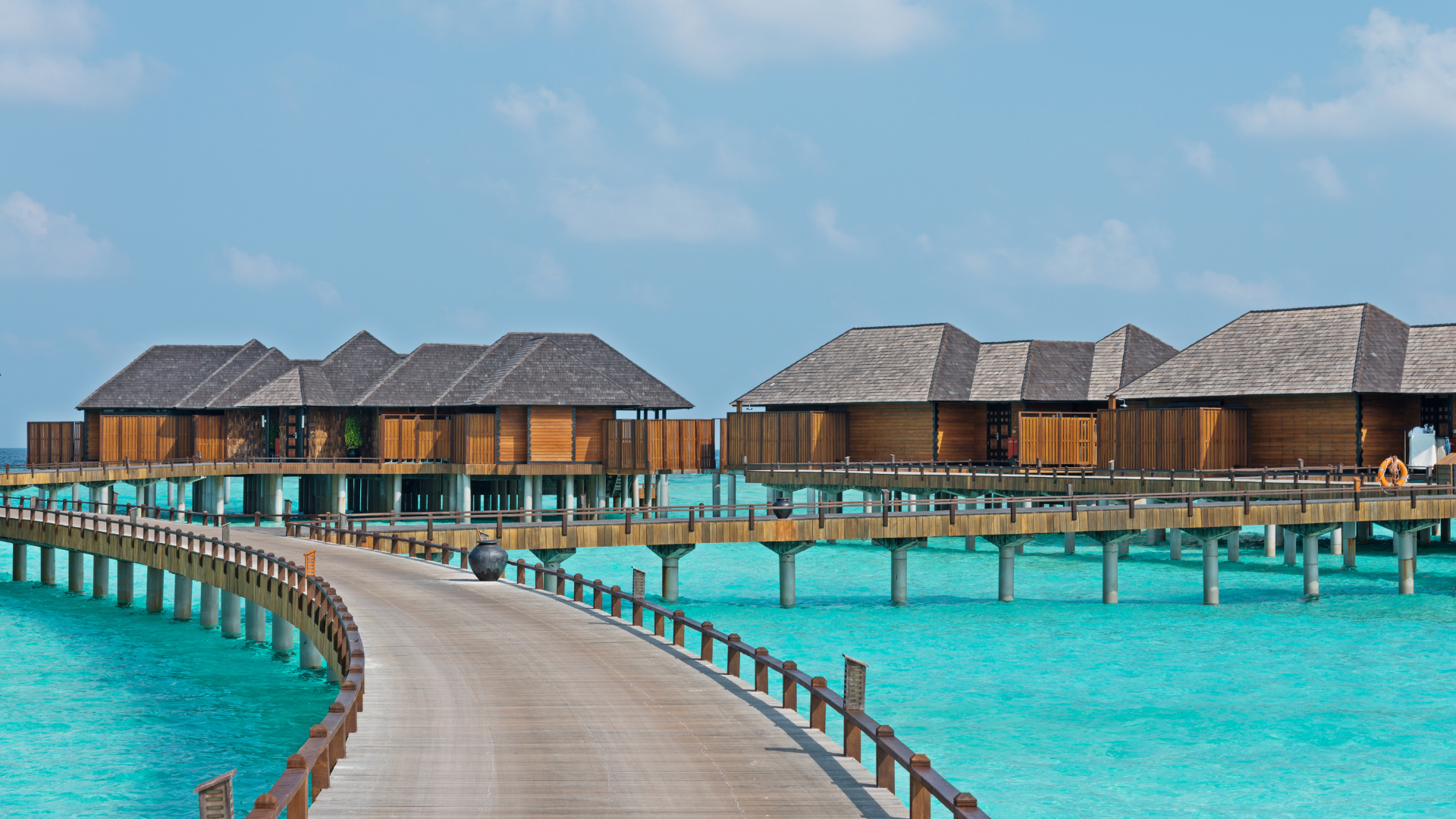
Image credit : loveguli by Getty Images Signature
As for Blue 21, it is creating a meeting of water and air. “As one of Europe’s business airports, Amsterdam’s Schiphol airport has reached its capacity. So what if we moved it to the North Sea?” The architectural firm put the idea forward back in 2018 – but it is still yet to come to light. However, Blue21 does regularly develop floating homes, such as its Floating Boekhome chalets.
As a country prone to extreme weather, like tsunamis and earthquakes, Japan is also considering its own vision of a floating city. The idea? A city on the water, 1.58 kilometers in diameter, that can accommodate 10,000 residents and some 30,000 people who will work there. Led by N-Ark, Dogen City aspires to be a self-sufficient complex that lives off hydroponic farmed produce. While the idea is backed by a consortium of industrial, academic and government stakeholders, its estimated budget of $800 billion is eye-wateringly high.
The lab for an exemplary eco-future
In 2022, the Smart Offshore Ecosystem (SOE) project was launched by the NGO Civilisation Indigo. “In our contemporary society, the sea is often disrespected because it is misunderstood. Yet it could solve many food, energy, economic and climate crises,” says Frédéric Pons, founder of Civilisation Indigo.
“The ‘blue economy’ (the concept of the economy of ocean resources devised by Gunter Pauli) is the future. Our SOE concept is a laboratory of the future for learning to work and live in symbiosis with and on the ocean. It would bring together small communities within modular, multi-purpose and biophilic floating infrastructures to work, and eventually live there.”
Frédéric Pons specifies that the ecosystem should gradually implement new efficient and sustainable synergies, based on interdependent human and natural activities, from 2050. It could serve as a “sustainable, multifunctional maritime economic center, as a port and an offshore village, a research center and an artificial reef.”
For now, the municipality of Bora Bora has teamed up with the NGO to study, model, simulate and test the world’s first SOE. Designed for future Polynesian generations, this ecosystem would address several future and ongoing challenges facing the island: food and energy self-sufficiency, climate change adaptation, socio-cultural resilience, improvement of the community’s living conditions, natural heritage conservation, and economic diversification.
The starting point for the synergies created in Bora Bora would be its deep sea waters, which could be a source of renewable energy production (electricity and green hydrogen), create offshore integrated multi-trophic aquaculture, as well as an artificial reef for sustainable fishing. “The possibilities are endless,” smiles Frédéric Pons, who has support from researchers at research centers such as the CNRS, CRIOBE and IFREMER, as well as maritime lawyers. It seems Jacques Cousteau’s old dream may be about to come true.
